How to use a unique way to capture and share conversations in your collaboration, regardless of your drawing abilities. I want to share my experience and guide you on how to swiftly create a visual representation of a conversation.
This post is dedicated to professionals who truly understand the power of making communication visible. For those who may have doubts, I encourage you to give it a try. Visualizing your collective ideas and perspectives is a fundamental tool for fostering clear understanding and building trust among project teams, paving the way for productive and collaborative dialogues.
Capturing a fast-paced conversation, filled with multiple elements, can be challenging. However, armed with a few simple tips on sketching with symbols and text, you can start visualizing your discussions right away.
Imagine having a shared space where every conversation is accompanied by visual representations. By inviting your conversation partners to draw and capture the essence of what is said and thought on the same page, you can effortlessly paint a picture of the theme and context at hand as a model of your conversation.
Expand your skills of transforming conversations into powerful visualizations so you can communicate and connect like never before.
Follow these basics to draw conversations with meaning:
Make every element visible: this is how you use the symbol for things and persons with text to name it


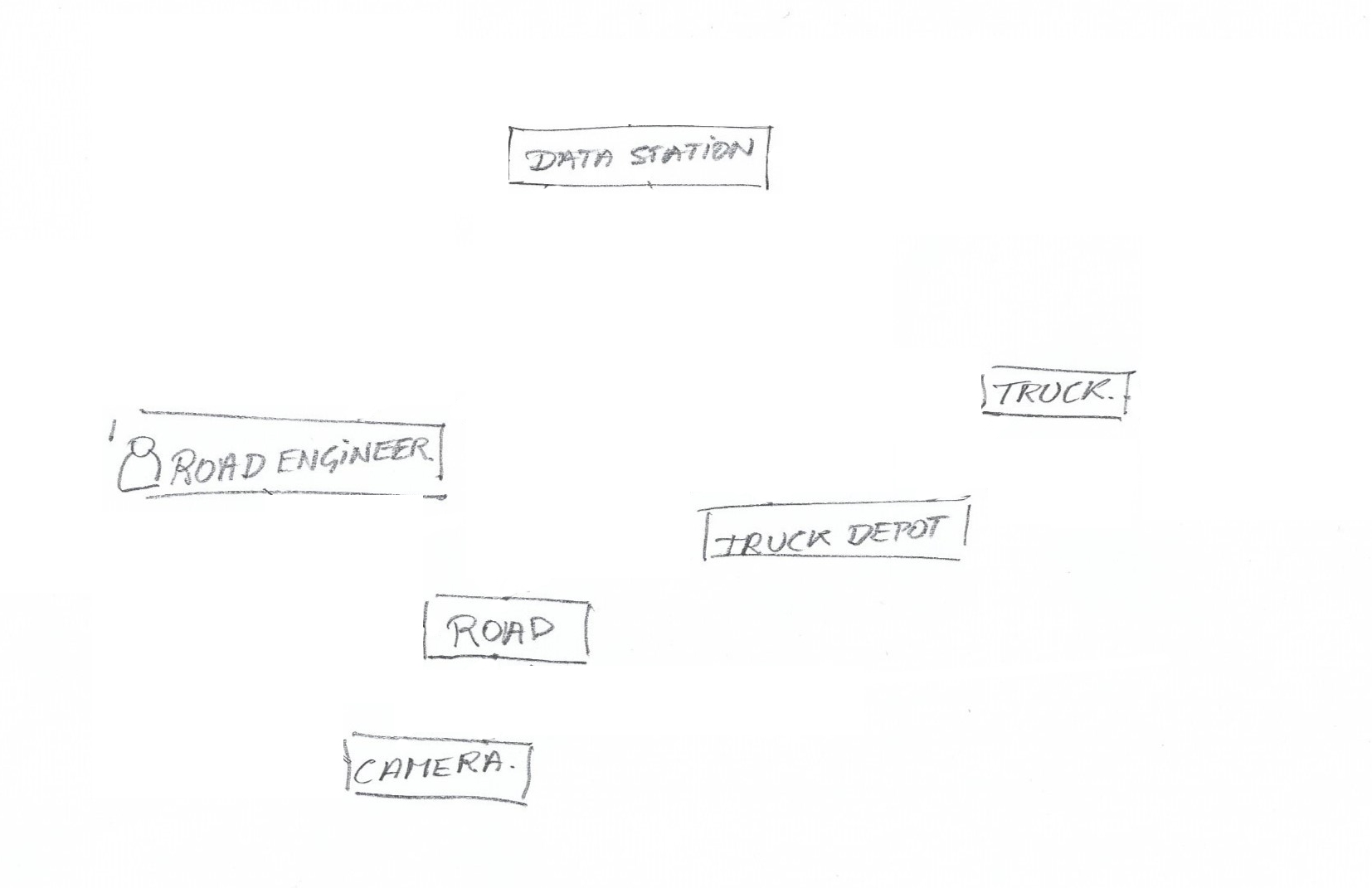
visualize what’s going on – using the symbol for events and relationships with text to name it

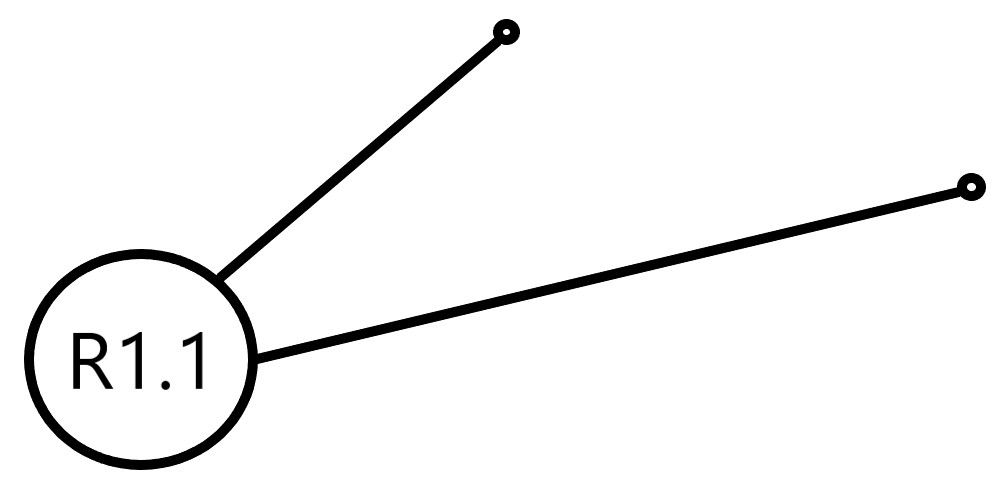
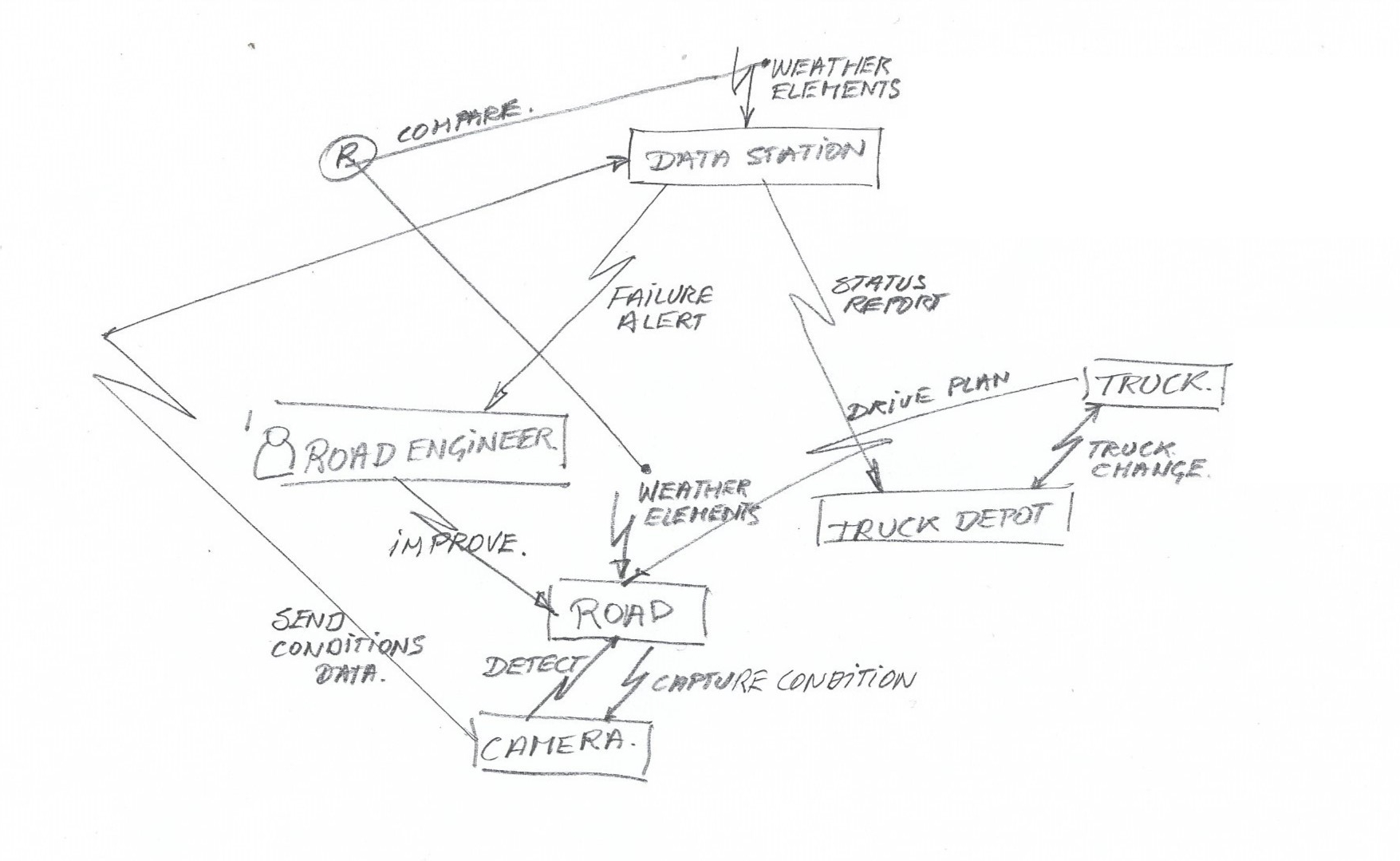
describe the meaning of things that make each element unique – using the symbol for characteristics and values with associated explanatory text


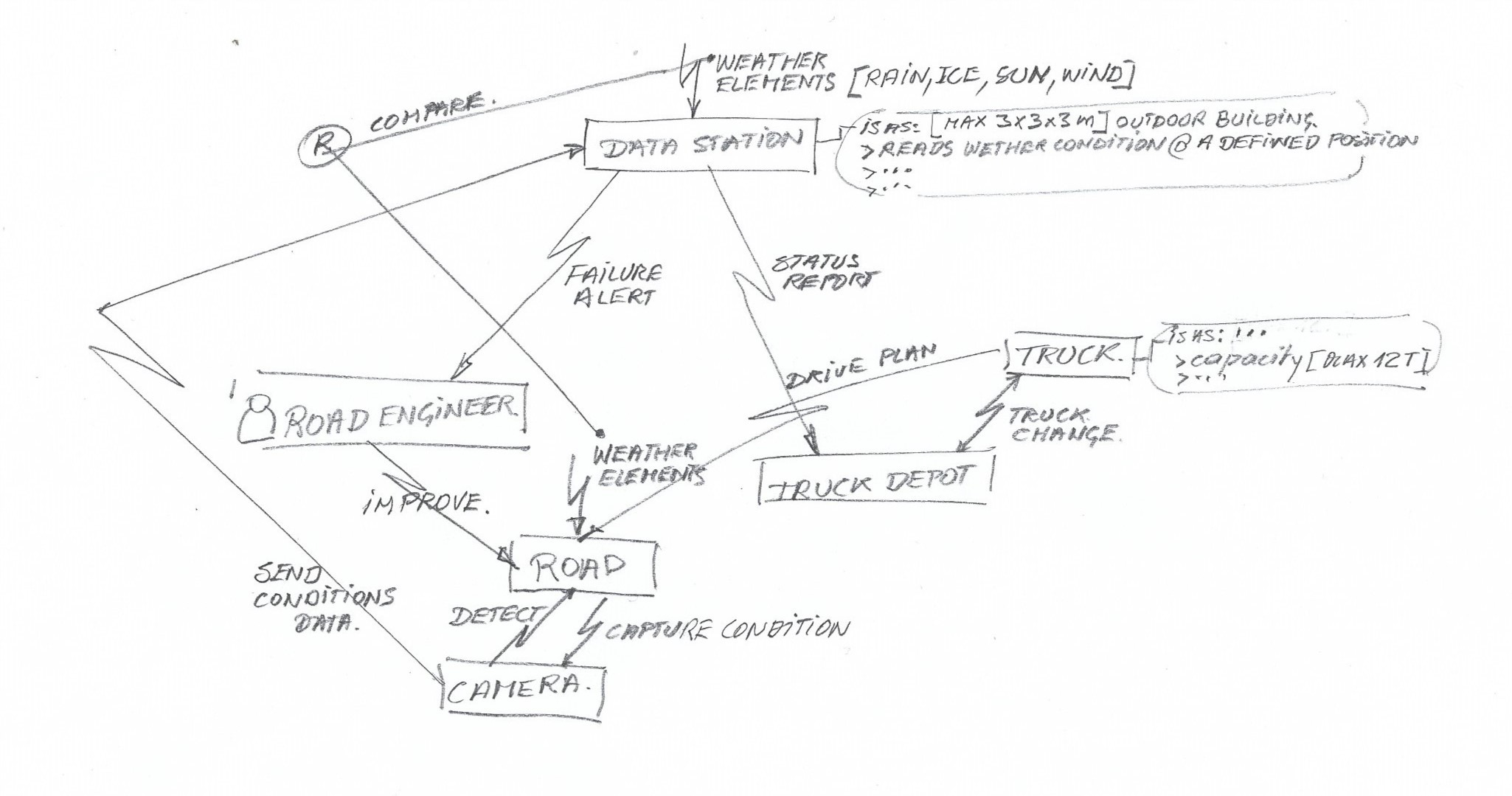
In this way a conversation takes shape in a model with an interpretation of place (where), moment (when), identity (what, who) and what takes place in a certain context. The continuous flow of ideas and information find the right place. The result is a model of how a system behaves, a model that you can already test and use for further development.
Include the participants and date on the model to serve as a reference for the conversation.
My final advice, make hand- draw pictures, all other tools block creativity and the speed for capturing the essence of a conversation.
I want to end with a look at some other ways to capture conversations without drawing skills, also based on a system thinking structure and the use of the symbol/text principle. They can help in certain conditions but they require more experience (individual and team) and limit the freedom and speed to express yourself in a visual representation. It works well if participants are convinced of the practice.
Capture conversations with CARDS:
I use cards in live conversations between different parties to facilitate and capture the essence of what they want to achieve with each other. Afterwards I order the cards in Plectica as a result of the session.
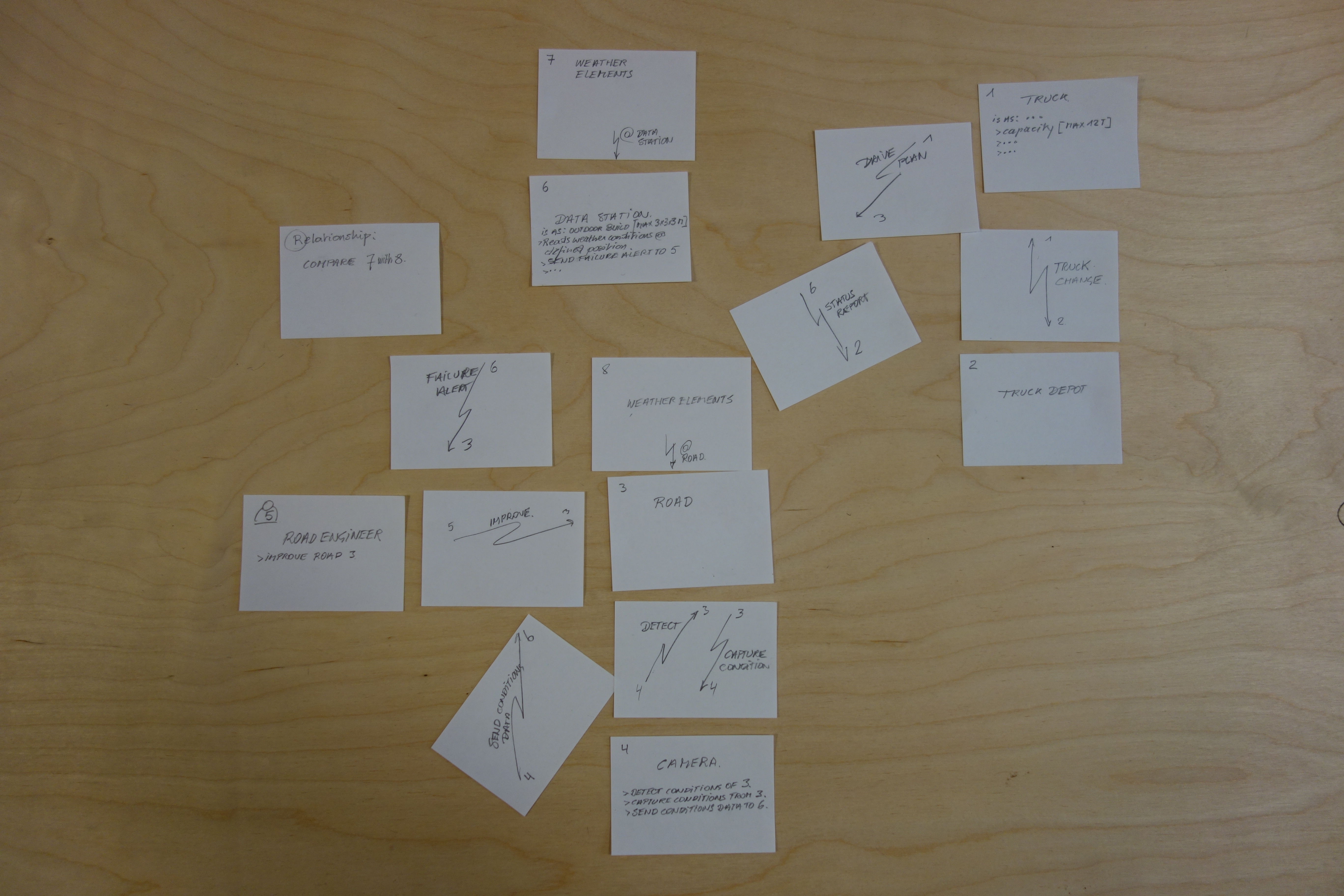
Capturing conversations with Plectica (a visual mapping software) and work remotely:
I use Plectica to prepare and lead remote conversations, all participants can post their contribution. Afterwards I order the paper cards as the result of the session. I use a A1 plot for conversations at the table, people can write their ideas on it (or use cards) to develop the model.
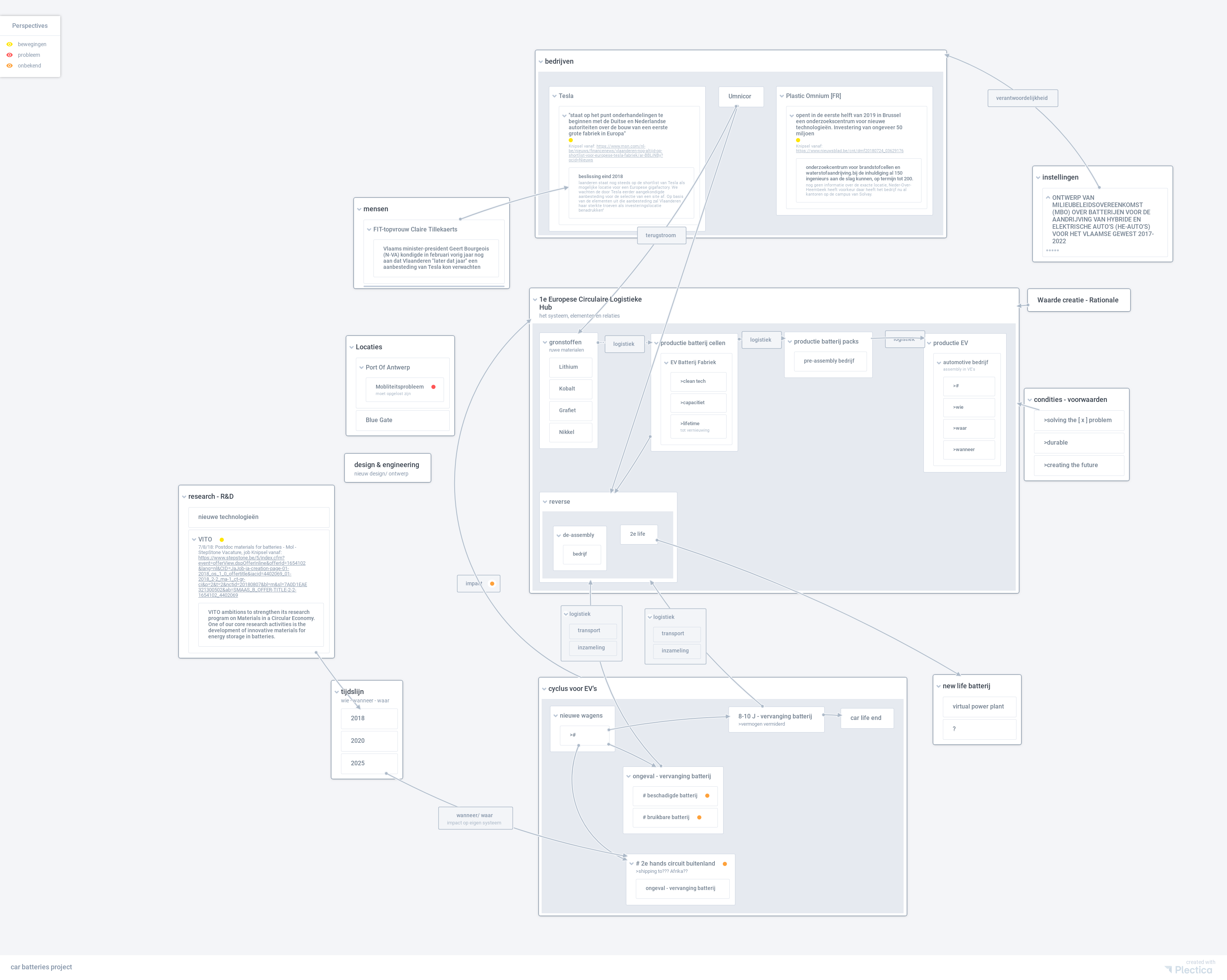
Visualizing conversation during collaborative team practices, why should you do:
- You convert meetings into constructive collaboration and forget about useless reports.
- You make something concrete together, at the end of each conversation. What you see is what you (get) want to develop together, there are no hidden agendas.
- You have a model that is unambiguous, can be researched and critiqued independently or with the assistance of experts, and you can retrieve it every time to have the context for the next conversation at a glance.
- People who think and are different, are given the opportunity to express themselves through creative and constructive dialogue, where they feel safe to share their thoughts.
- It’s a Professional Triber skill that connects people in co-creation and helps for dialogue and action.
Do you want to know more about visualizing conversation, please feel free to contact me

